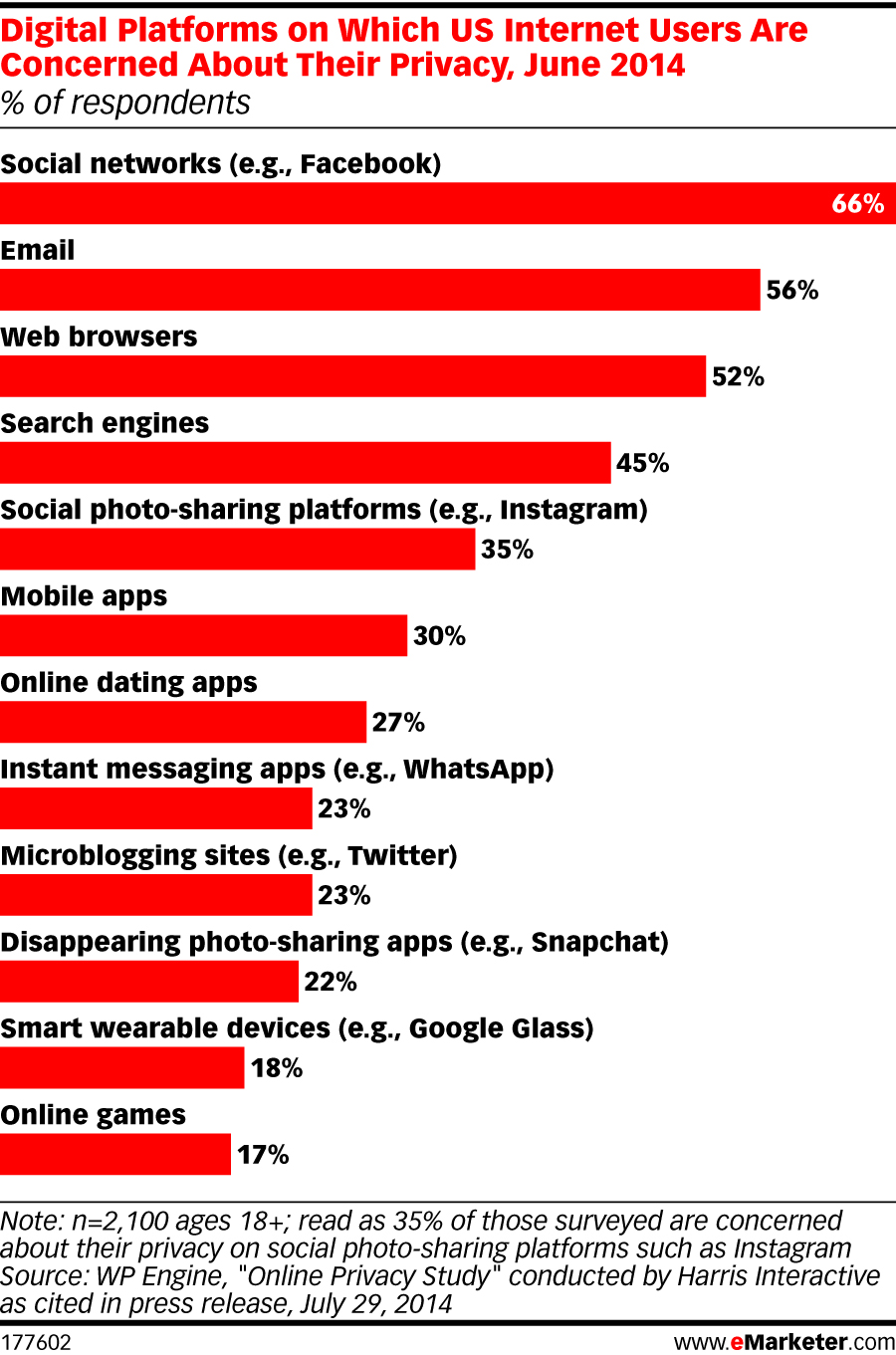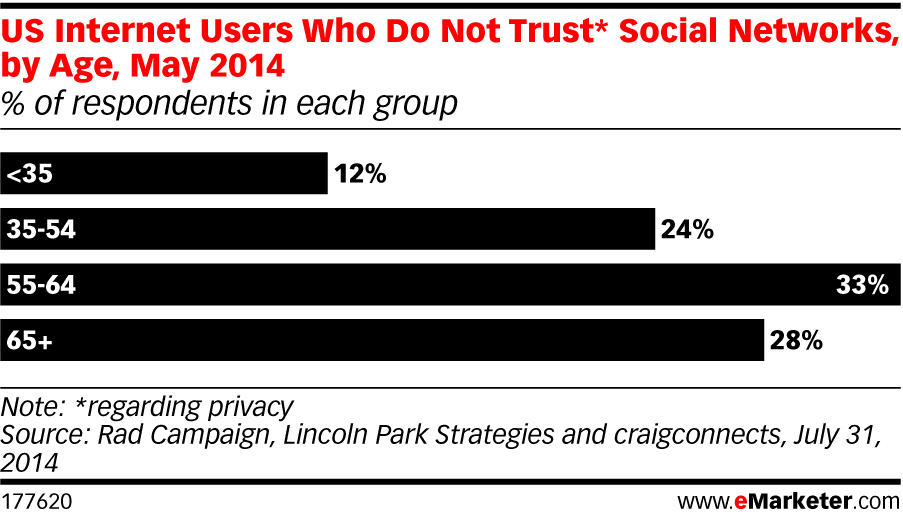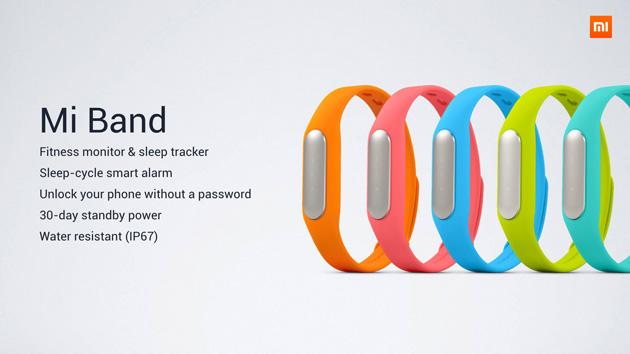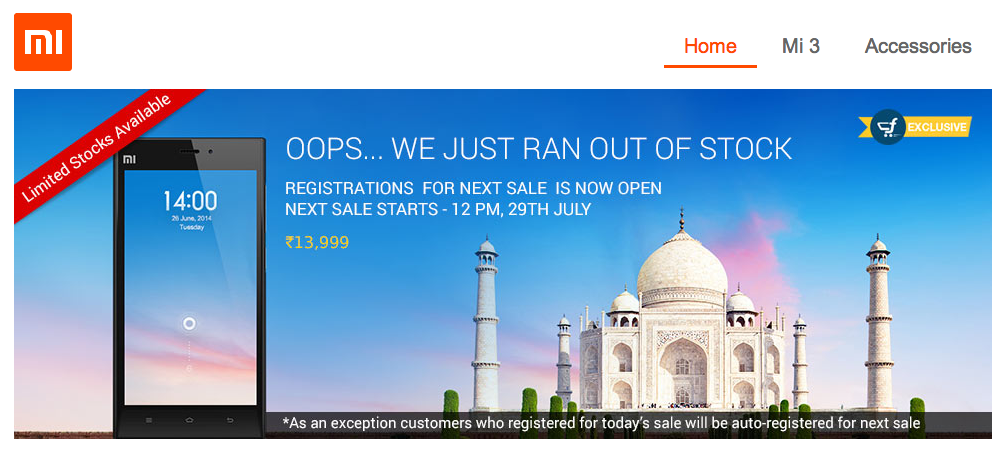Back at the beginning of the year, reports suggested that Apple would enter the mobile payments space, which were paid off today: Apple officially revealed the NFC-based mobile payment function along with the new iPhone 6. To get ready for this imminent shift in the payment field, here are six things you need to know about Apple’s bid for mobile payment:
1. It’s integrated into the Passbook App and iWatch
The updated Passbook App acts as the hub for Apple Pay. By adding your credit card information with the iSight camera and pulling from the various third-party apps that support mobile payment and centralizing the function, Apple’s “ticket stub” app just become the de facto mobile wallet. Meanwhile, the iWatch can act as an extra payment option.
2. Major credit card companies have signed up
To make the new payment function easier for users to adopt, Apple has been working with all major U.S. credit card companies, including Visa, MasterCard, and American Express. In addition, Apple already has payment credentials for some 800 million people globally through iTunes accounts, which will no doubt make the transition from credit card to mobile payment much easier.
3. Many big-name businesses have also signed up
Apple has been signing up volume merchants to familiarize people with paying via mobile. Disney is reportedly outfitting its retail stores with new point-of-sale devices that support NFC. Other retailers, such as Macy’s, Bloomingdale’s, McDonald’s, Subway, Whole Food, Walgreens, CVS, and Duane Reade are also among the first wave of businesses getting on board with Apple.
4. It works for online payment as well
By teaming up with online and mobile retailers like Target, GroupOn, Uber, and Open Table, Apple Pay will be seamlessly integrated into ecommerce.
5. It uses Touch ID and tokenization for extra security
Apple is address security concerns with “tokenization”, which uses one-time codes to secure the transfer of payment information. However, not all NFC payment terminals can accept this type of payment, which means all merchants currently using the non-token model of NFC payment will need to update their end devices to get on board with Apple’s security standard.
6. It will lead to mass adoption of NFC in the US
NFC-based payment has been around on selected Android devices for a while, and has been doing well in some emerging markets, such as China. But with Apple finally getting on the NFC wagon, mass adaptation of the NFC mobile payment seems practically inevitable. In fact, the NFC payment market is estimated to grow to $100 billion in 2016, so it’s time to either get on board, or get left behind.





